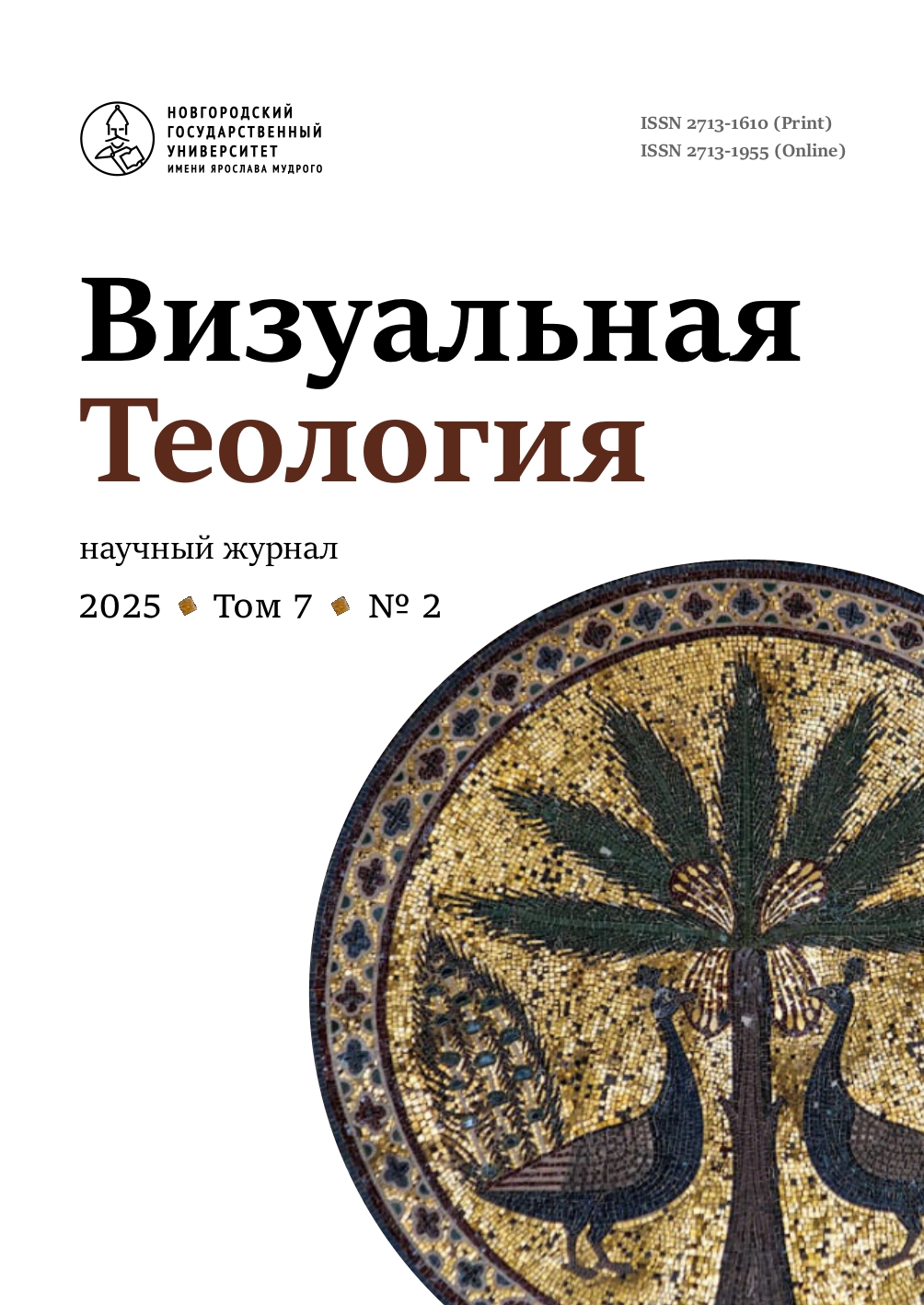Road to the temple as a cultural and semantic pattern in the hierotopy of Russian cities
Abstract
Abstract. Many Russian cities have a history of several centuries or even more than a thousand years, like Veliky Novgorod. Modern architecture and urban design are inherited from the Middle Ages, when urban planning was a direct consequence of ethnic and religious identity. How can a modern person “read” a city that was created many generations ago? Biblical thematic keys can be used to understand and comprehend patterns or similar types of urban environments. Thus, in a Russian city, one can find a temple and the road leading to it as a stable dominant presented in both historical and modern urban spaces. The Russians believe that “The road leading to the temple” is the semantic dominant, the basis of the syntactic framework, the urban “texture” of the synchronous and diachronic character of the Russian city, the heir of Russian traditional, and therefore Christian identity. The road to the temple is the essence of Orthodox soteriology – deification. The temple is understood as Christ, but the road to the temple is also Christ. The formula of salvation is in Christ, through Christ, after Christ, and with Christ. At the same time, the road leading to the temple has become a stable formula, manifested in works of art of the 19th ‒ 21st centuries: literature, painting, cinema, created in the Soviet and post-Soviet space, which inherited the Russian Empire, Old Russia. The modern Russia has the inheritance of a special symbolic perception of the surrounding world, referred to the language of the parables of the Christian Holy Scripture, the mystery of spiritual tradition in various forms. What was conveyed through symbols and understood through biblical thematic keys in medieval urban planning, started being articulated openly, without sacred secrecy, as secularization progressed: “Why do we need a road if it does not lead to the temple”, as it was formulated in T. Abuladze’s film “Repentance”.


